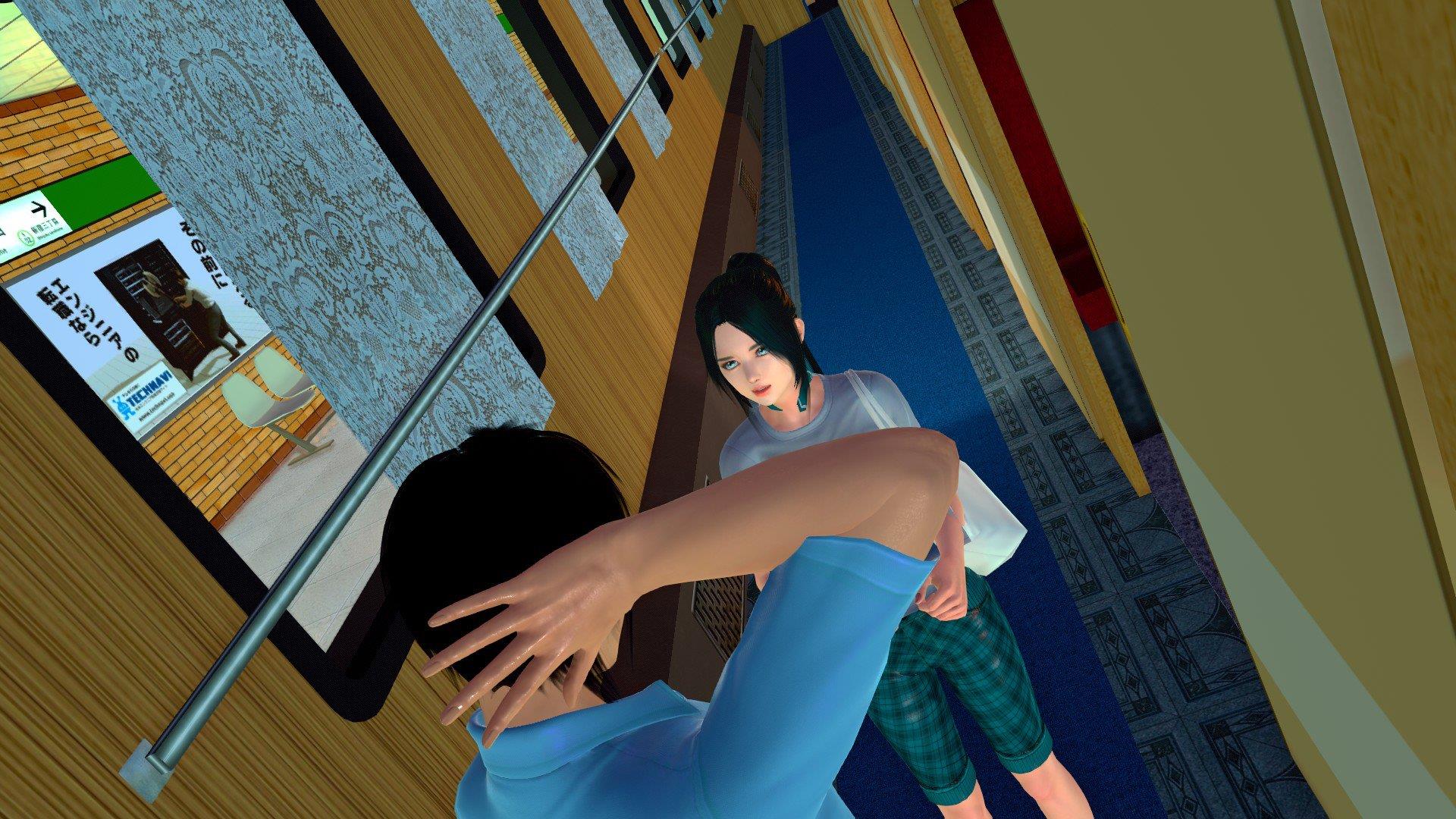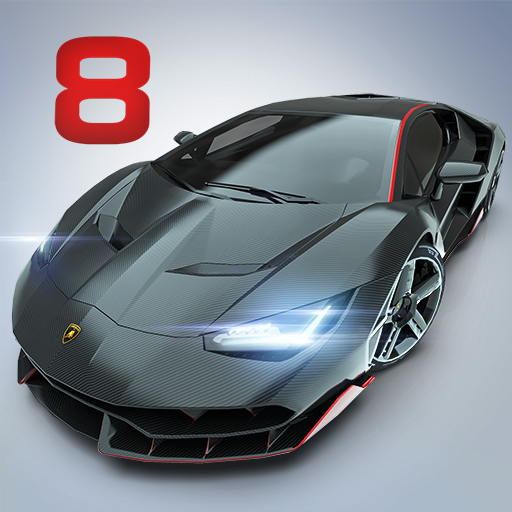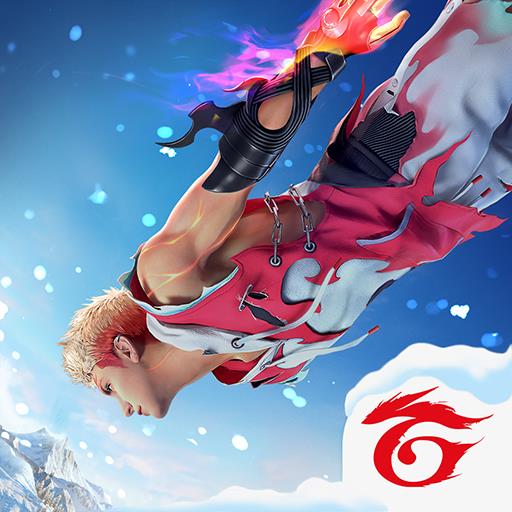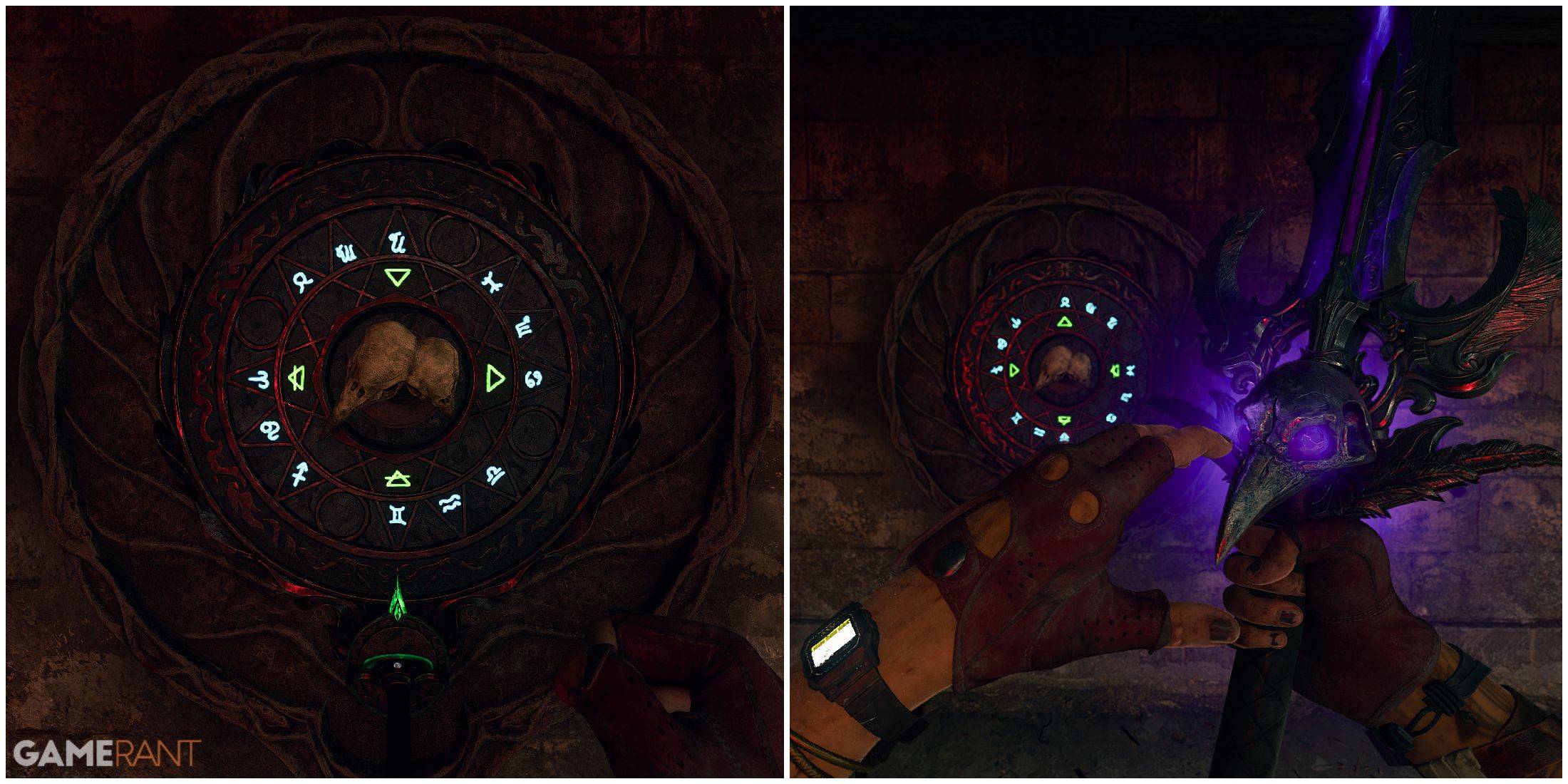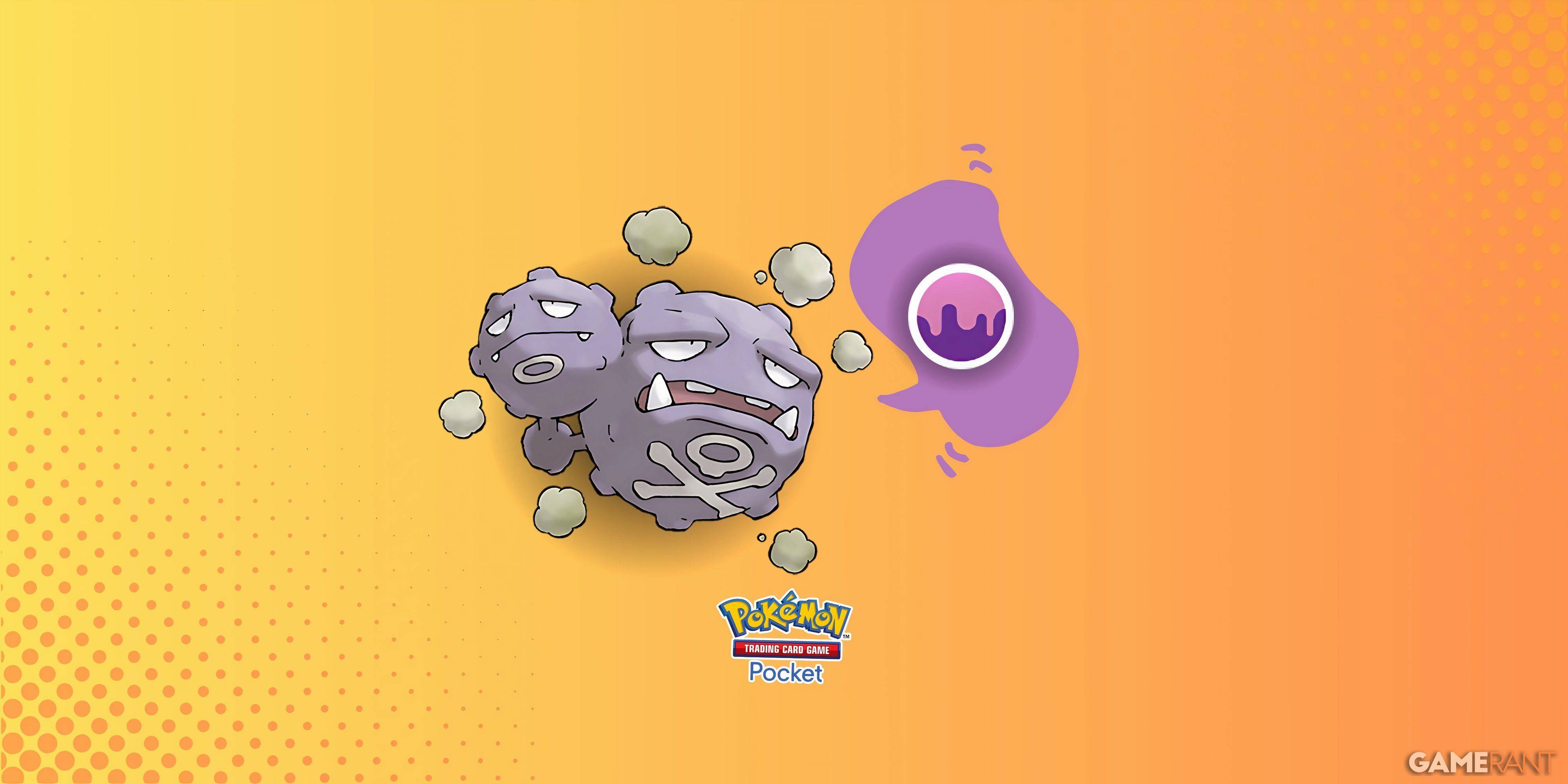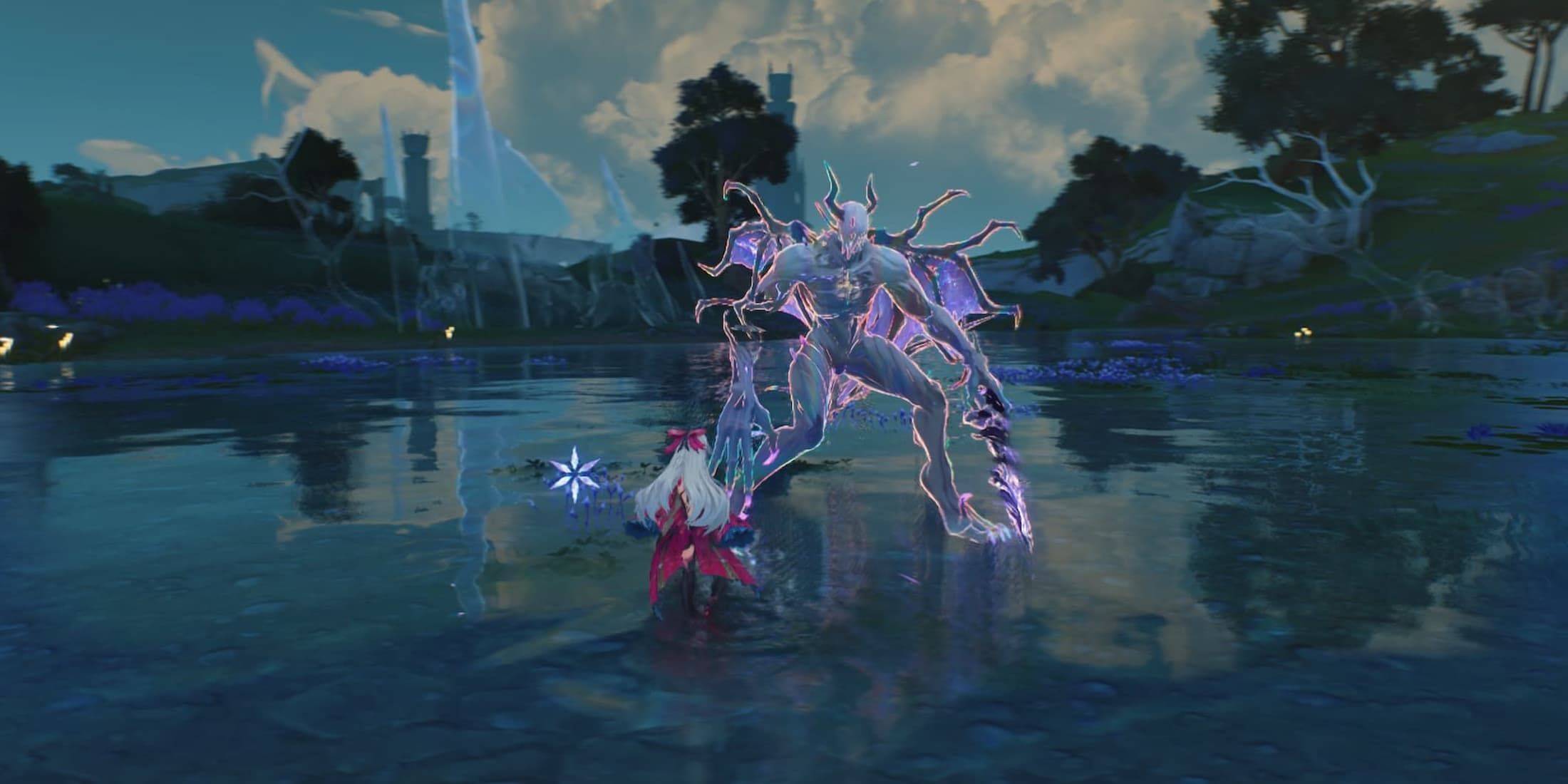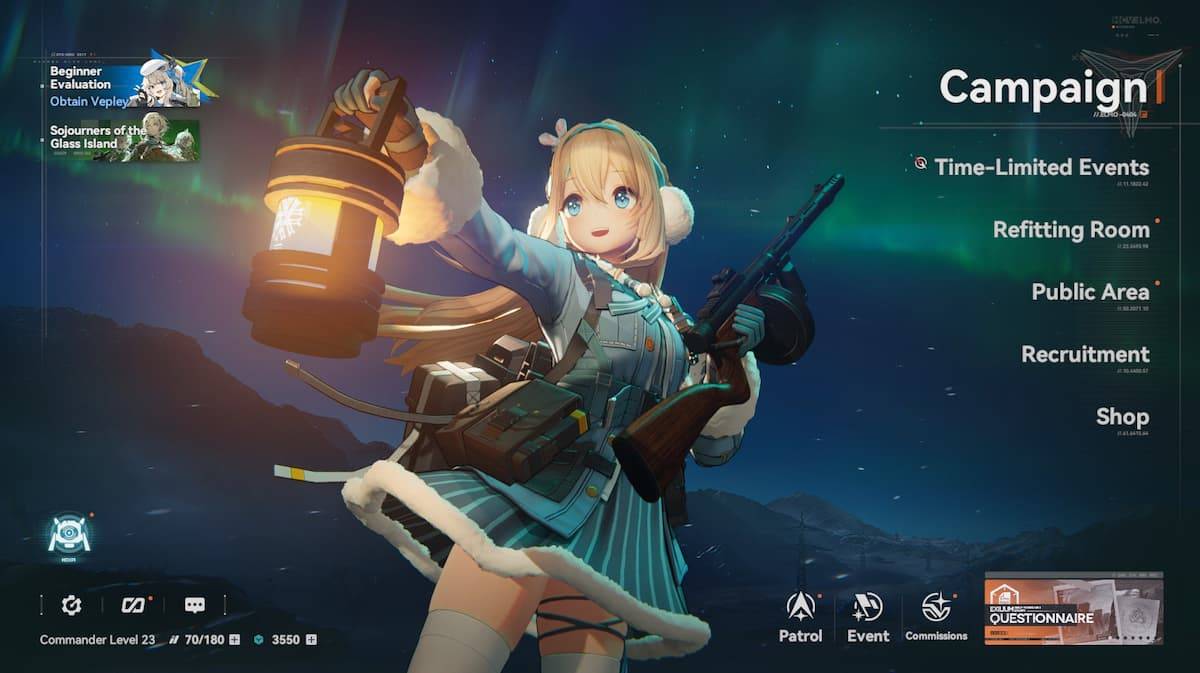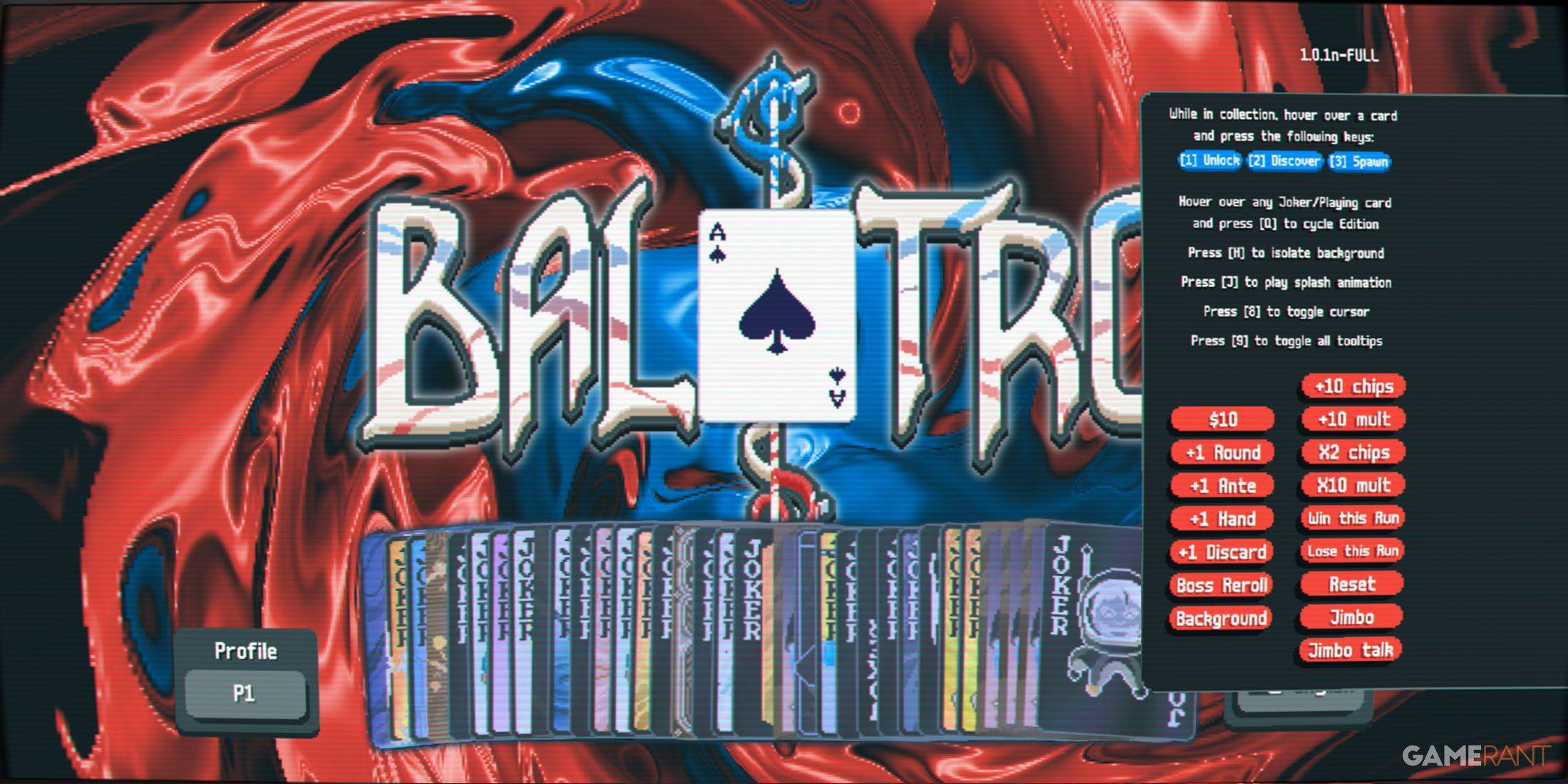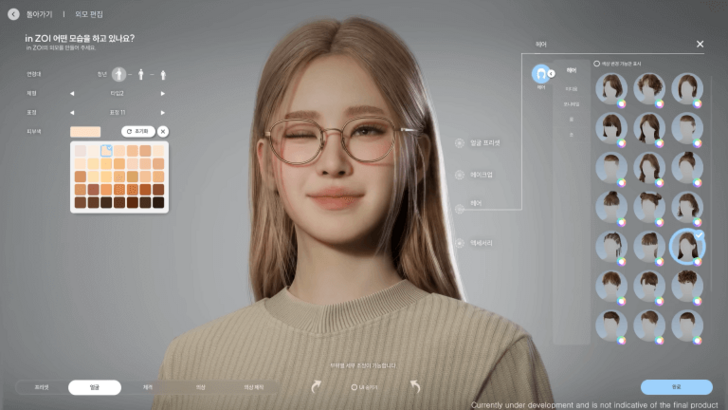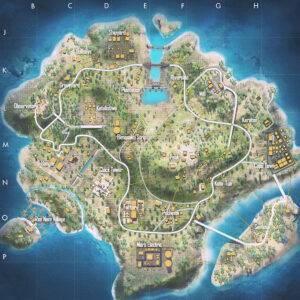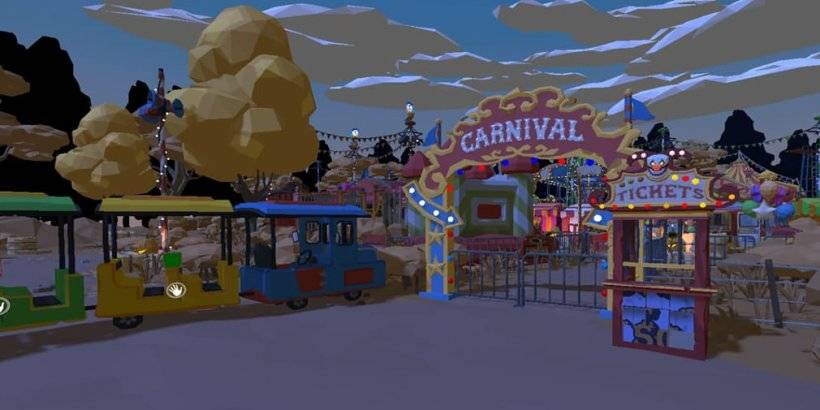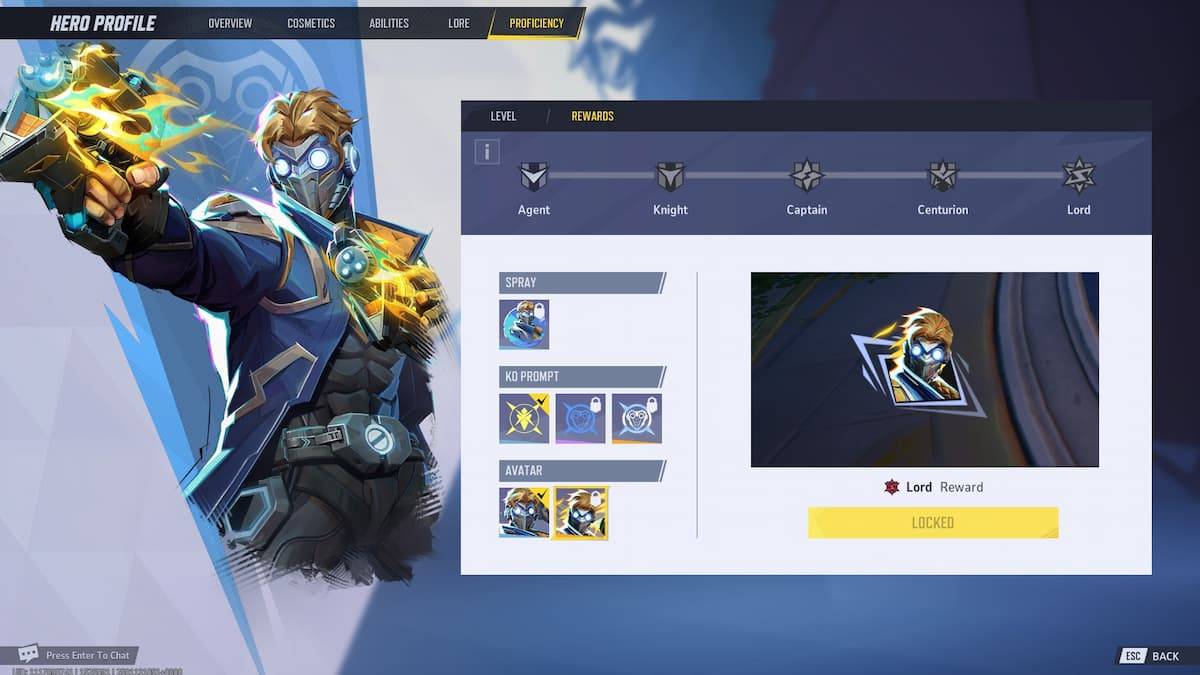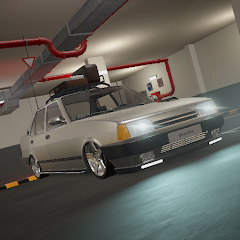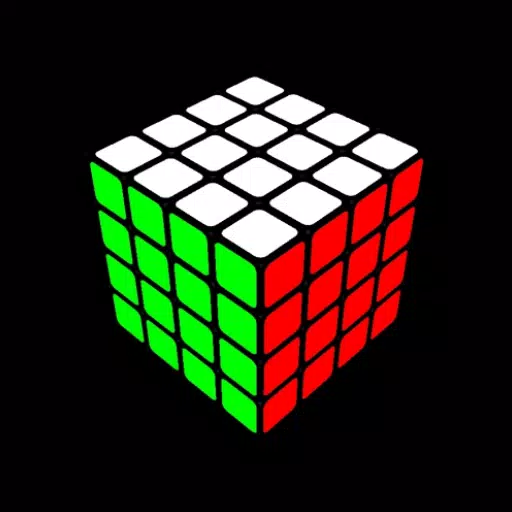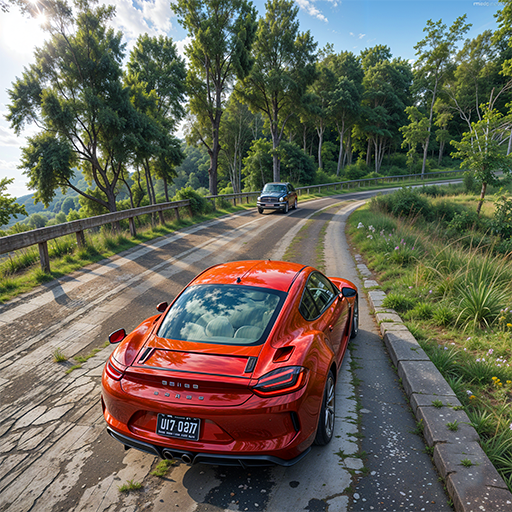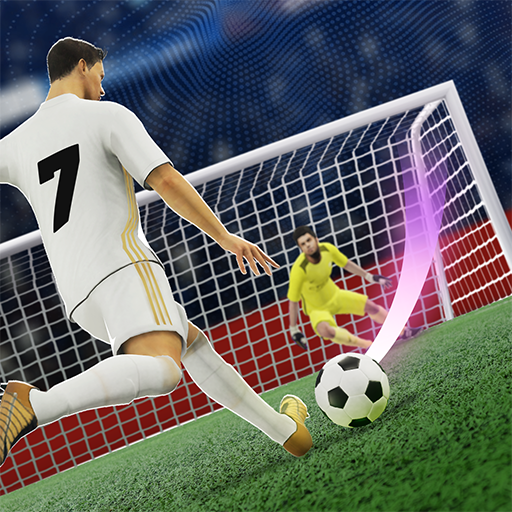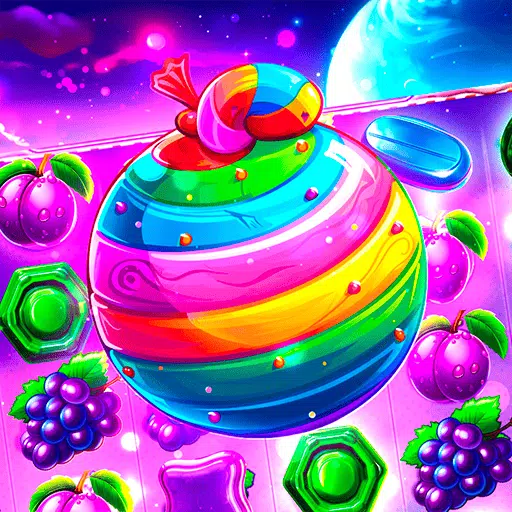Switch 2 Priced Lower Than Expected at Launch
When the Nintendo Switch 2 was unveiled with a price tag of $450 USD, it certainly raised eyebrows. This price point marks a significant increase from what we've typically seen from Nintendo in the past. However, given the rise in production costs and economic factors such as tariffs, industry analysts had anticipated a price of at least $400 USD.
Perhaps more surprising was the pricing of Switch 2 games, which not only align with the new $70 USD standard for new releases but can even reach up to $80 USD, as seen with games like Mario Kart World. When you factor in the additional costs of various accessories needed for the full Switch 2 experience, the total investment can be quite substantial.
But how does the Switch 2's price compare when we adjust the launch costs of previous Nintendo consoles for inflation? And how does it stack up against other consoles? Let's delve into the details:
Nintendo Switch 2 Price Vs Previous Nintendo Consoles
NES
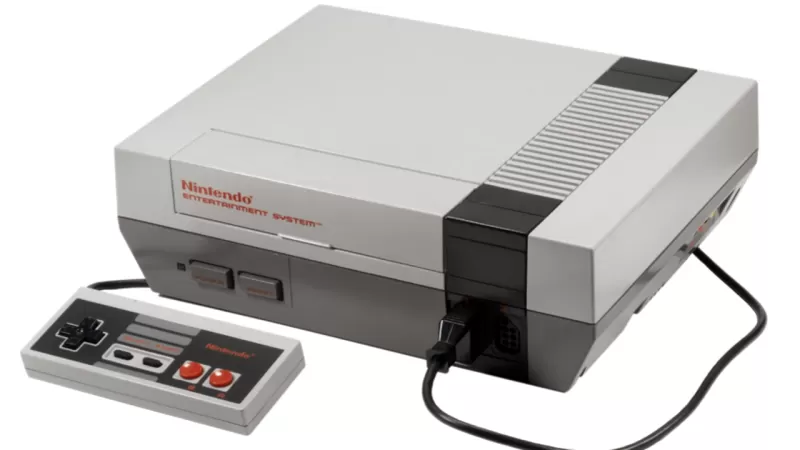
The NES, launched in 1985 at $179 USD, might seem like a steal today. However, adjusted for inflation, it would cost a hefty $523 USD in 2025.
SNES
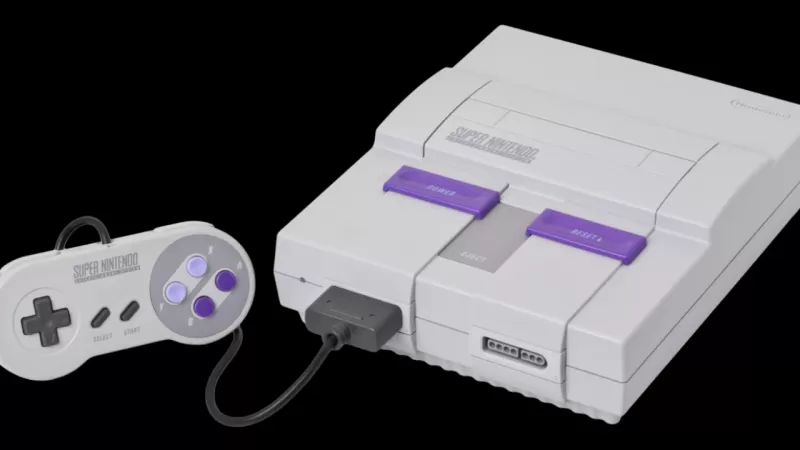
The SNES, released in 1991 for $199 USD, was slightly pricier than the NES at launch. Accounting for inflation, it would set you back $460 USD in 2025.
Nintendo 64
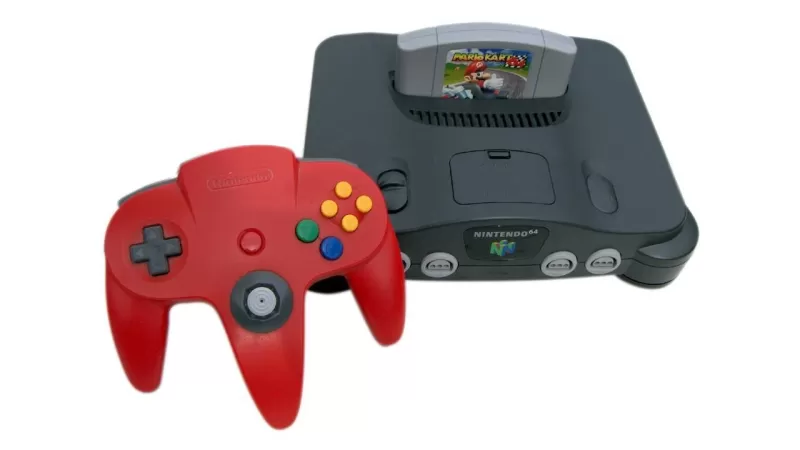
The Nintendo 64, which marked Nintendo's entry into 3D gaming in 1996, also retailed for $199 USD. In today's terms, after adjusting for inflation, that would be $400 USD.
Nintendo GameCube
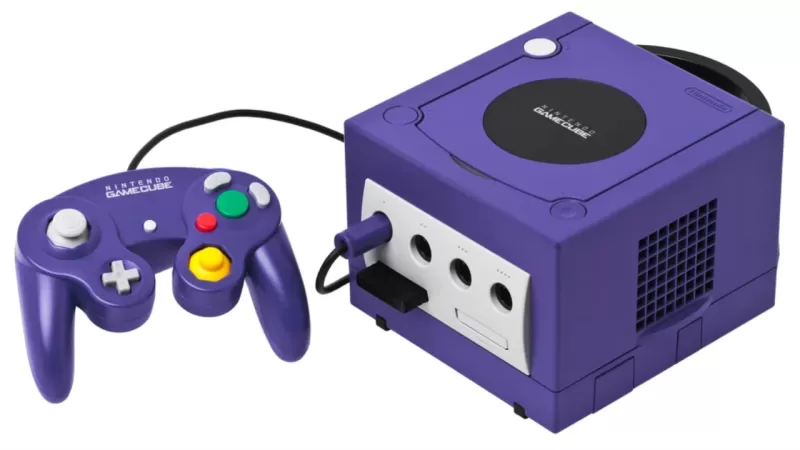
The GameCube, whose games will be accessible on the Switch 2 via the Nintendo Switch Online's classic library, launched in 2001 at $199 USD, equivalent to $359 USD today.
Wii
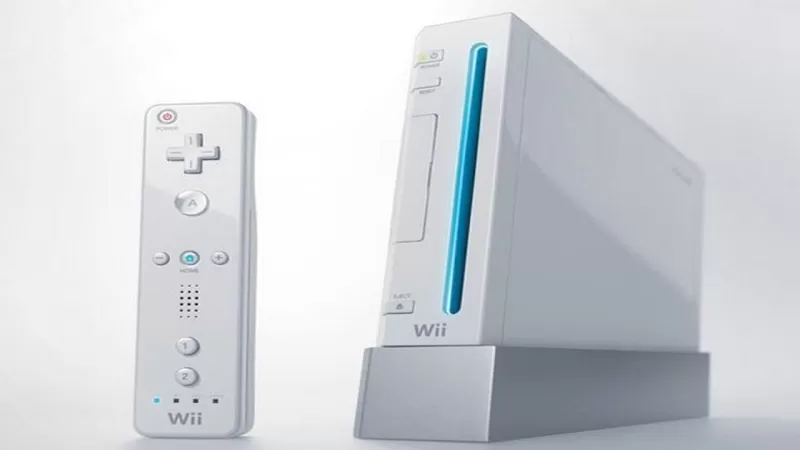
The revolutionary motion-controlled Wii hit the market in 2006 at $249 USD, which translates to about $394 USD in 2025.
Wii U
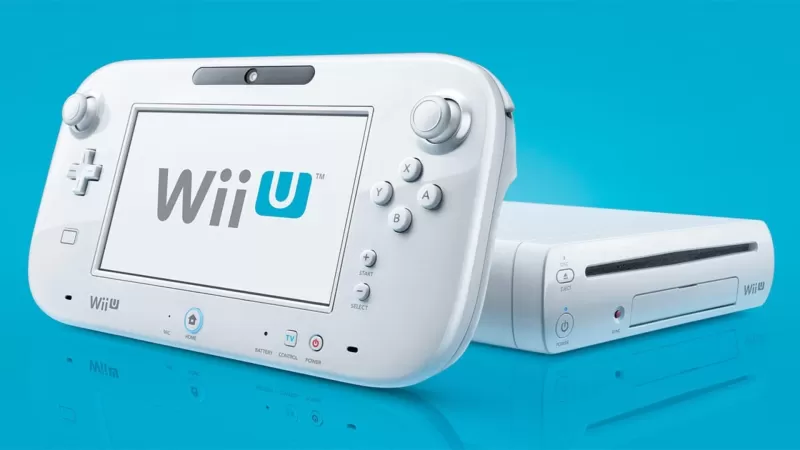
The less successful Wii U, released in 2012 for $299 USD, would cost $415 USD in today's dollars, making it closer to the Switch 2's pricing.
Nintendo Switch

The highly successful Nintendo Switch, launched in 2017 for $299 USD, would be $387 USD in 2025, still cheaper than the Switch 2 when it hits shelves on June 5.
Comparing these figures, it's clear that the original NES, adjusted for inflation, remains the most expensive console Nintendo has ever launched. This context might not make the Switch 2's price any easier to digest, but it provides a fascinating historical perspective.
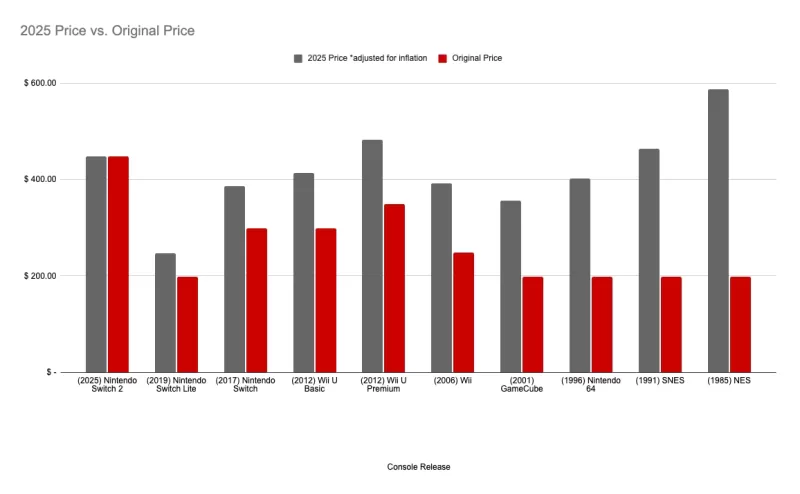
Credit: IGN But what about the games?
While the Switch 2's console price was largely anticipated, the game pricing has been a major talking point. Titles like Mario Kart World are priced at a steep $80 USD, while others such as Donkey Kong Bananza come in at $70 USD ($65 digitally).
It's challenging to directly compare these prices to the early NES cartridges due to the wide variance in pricing back then. For instance, in the early 90s, an NES game could range from $34 USD to $45 USD, which equates to $98 USD to $130 USD in 2025. Despite this, many believe game prices may continue to rise.
The Switch 2's pricing sits at the higher end of Nintendo's historical spectrum, surpassed only by the NES and SNES when adjusted for inflation. Economic factors and regional pricing strategies are evident in Nintendo's decision to offer a cheaper, region-locked Switch 2 in Japan for 49,980 JPY, or about $340 USD.
How Switch 2's Price Compares to Other Consoles
When we look at how the Switch 2's price compares to other consoles, adjusted for inflation, it's an interesting study:
PlayStation 2
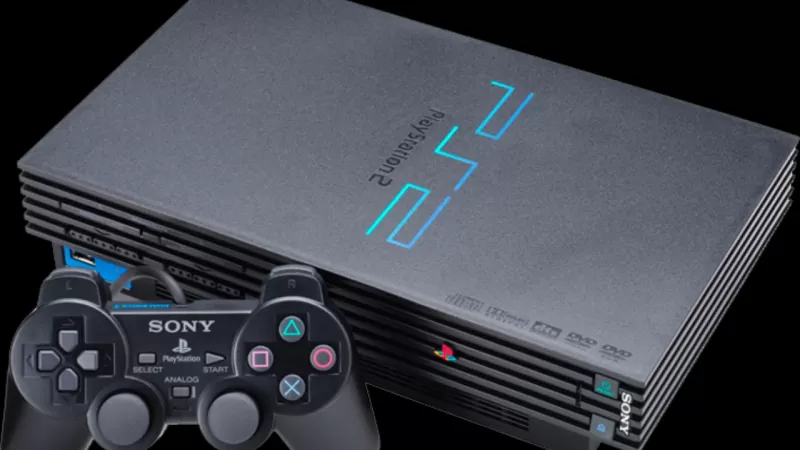
The PlayStation 2, released in 2000 and the best-selling console of all time, cost $299 USD at launch. Adjusted for inflation, that's $565 USD in 2025.
Xbox 360

The Xbox 360, launched in 2005 for $299 USD, would cost around $500 USD in 2025 when adjusted for inflation.
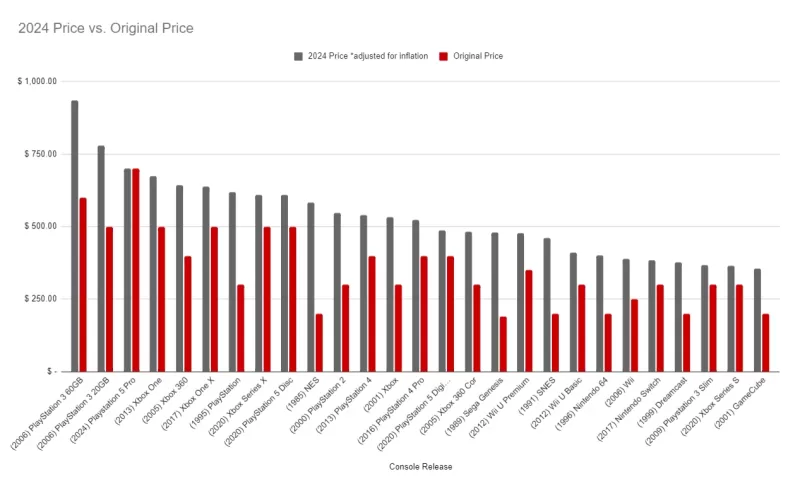
In conclusion, the Switch 2's pricing, while high, is part of a broader trend when viewed in the context of inflation and economic factors. For more insights, check out IGN's hands-on experience with the Switch 2, as well as their coverage of games like Mario Kart World, and discussions with analysts about the rising costs of gaming.
Latest Articles


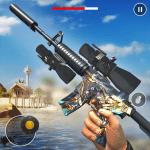

![Taffy Tales [v1.07.3a]](https://imgs.anofc.com/uploads/32/1719554710667e529623764.jpg)



